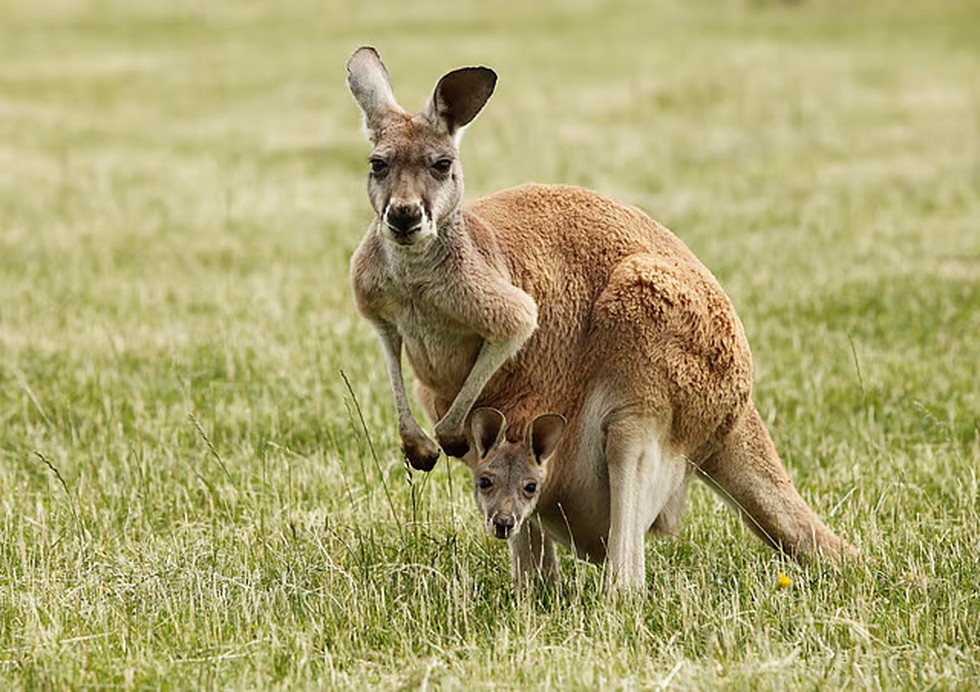About Marsupials:
- Marsupials are the group of mammals commonly thought of as pouched mammals.
- They give birth to relatively undeveloped young that often reside in a pouch located on their mothers' abdomen for a certain amount of time.
- A distinctive characteristic common to most of these species is that the young are carried in a pouch. They have an extra pubic bone, the epipubic bone, to support their pouch.
- Examples: Marsupials include opossums, Tasmanian devils, kangaroos, koalas, wombats, wallabies, bandicoots, and the extinct thylacine.
- They represent the clade originating from the last common ancestor of extant metatherian, the group containing all mammals more closely related to marsupials than to placentals. Not all marsupials have pouches.
- Distribution: There are over 330 species of marsupials. Around two-thirds of them live in The other third live mostly in South America.
What is In-Vitro Fertilization?
- It is a medical procedure used to assist individuals or couples who are facing fertility challenges in achieving pregnancy.
- It is the most common and effective type of assisted reproductive technology (ART).
- Process:
- It is a complex process that involves retrieving eggs from ovaries and manually combining them with sperm in a lab for fertilization.
- Several days after fertilization, the fertilized egg (now called an embryo) is placed inside a uterus.
- Pregnancy occurs when this embryo implants itself into the uterine wall.
- The procedure can be done using a couple's own eggs and sperm. Or IVF may involve eggs, sperm or embryos from a known or anonymous donor.
